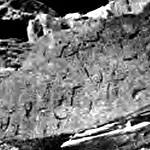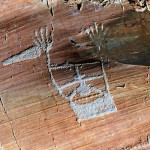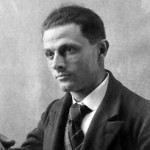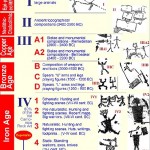TRACCE free e-books
Issel A. 1901. Le rupi scolpite nelle alte valli delle Alpi Marittime, Bullettino di paletnologia italiana, s. III, t. VII, a. XXVII, n. 10-12, pp. 218-259.
| full text-image PDF (from TRACCE scan-OCR, public domain) | Italian
[editor’s note: the most detailed paper until that time on Mt. Bego’s engravings; Issel never recorded the engraved rocks, but attentively examined the literature and was in close and friendly contact with C. Bicknell]
by Arturo ISSEL
























